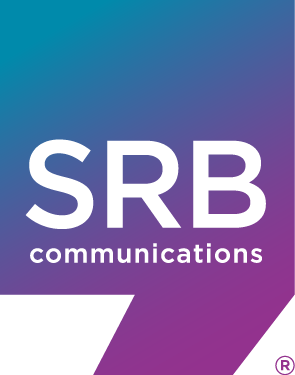News & Insights
Social Media Marketing 101: Insider’s Guide
Whether you’re starting up a new side hustle, working your way to becoming an influencer or just a marketer looking to expand your skills, you need to know how to market on social media. Since its inception, social media has been a tool for businesses to market not only themselves, but their products and services, too. Today, if you don’t use social media, you may as well be in the Stone Age. That said, just because you use social media for marketing doesn’t mean you’re executing it right. Although easy, some people just don’t know where to start. Want to know a great place to begin? If you guessed by reading this blog, then you are correct.
Target Market Strategies
Your first thought before even hopping on social media should be identifying who you’re trying to reach. In order to craft your message, you need to know who you want it to go to – your target audience. Your messages will then vary, based on who your audience is. The ultimate goal is to ensure your message connects with who it’s delivered to. When that happens, that person will like, comment, share or engage in some way. This spreads your message to new people and is a sign of a well-designed post.
Think about what your goal is. What is your purpose for using social media? Once you know this, finding out who your audience is will be much easier. Let’s say you’re using social media to sell a product. Ask yourself who you envision using that product. A great way to come to this conclusion is by creating a buyer persona. This is basically a fictional person you make up that is your ideal customer. Now, using that character, you can base your target market around their traits.
Another approach is crafted for those who have already established a social media presence. Go into your social media platforms and see who follows you. Find out what industries they work in, what the average age range is, what their interests are, who else they follow, etc. After collecting this data, a trend should start to form. This will be your ideal audience; the people who connect with your message most.
Social Media Posts
Now that you know your audience, it’s time to wrap your message in a post. Different social media platforms call for different messaging. The core of your message should remain the same, but the tone and creative assets will change. Observe the platforms you use and think about it logically. You wouldn’t post a goofy meme on LinkedIn, but you might for Twitter. Of course, it all depends on your company and the brand voice you’re trying to create.
Once you know what you want to say and how you want to say it, start to use different tools to drive engagement. Add visual content such as videos and infographics, share relevant podcasts or even create a poll for your audience to take. Your message alone is not enough. You don’t need to hold up a giant neon sign saying, “look at me!” but add some showmanship into your posts. Creativity turns heads.
Social Media Ads
Next, you have to make the distinction about what kind of post you’re going to make. Will it be organic social media or paid social media? If you’re just starting out, it’s probably best to begin by doing just organic posts. Why? Because it’s free and we love free. Not putting money behind a post is totally fine to do as a business. In fact, it’s important to have a balance of both. These posts should aim to engage and deliver on what your followers expect. Keep them entertained or they might not be following you for long. It’s important to have a presence, just not a stalker-y posting-every-five-minutes kind of presence. This approach can even attract new followers based on engagement metrics and impressions.
Paid social media is anything you put money behind, whether it be an ad campaign or an organic post you decide to boost. This is a great way to spread brand awareness, attract new followers and sell users on your business/product. Social media is relatively cheap, too. Based on how much you have in your budget to spend, you can increase your impressions by a few thousand. For instance, the average CPM (cost per thousand impressions) on Facebook across all industries is $11.54. So, for the cost of two Starbucks coffees, you could reach a thousand new people on social media. Which one sounds like more bang for your buck?
One thing to keep in mind about social media is how fast it changes. Prices fluctuate, platforms evolve, and best practices change. You need to keep an eye on the industry in order to affectively run your social media accounts. Subscribe to all the newsletters and good luck building your following.



